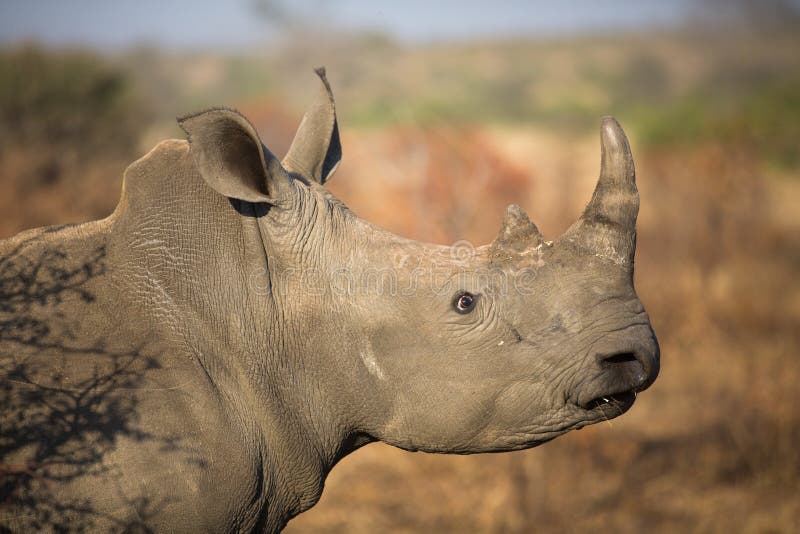

Powerful asset management: The new asset management system helps you keep track of everything in your scene and streamlines your entire workflow.

The new Adaptive Dome Light also removes the need to set up Portal lights for interiors. Adaptive Dome Light: Render faster, cleaner and more accurate image-based lighting that’s up to 7x faster. Animate Grasshopper definitions as well as cameras and sun, and measure real-world illumination values – all right in Grasshopper. Render your parametric designs directly without “bakes” or exports. Superior Grasshopper support:With V-Ray Next, you can do more in Grasshopper than ever before and get advantage of powerful capabilities. V-Ray Next for Rhino is compatible with Rhino 5 and 6 on Windows only. It is 50% faster overall, with GPU rendering 2x as fast and 7x faster using the Adaptive Dome Light. V-Ray Next makes it easier to manage everything in your scene – even the crazy complex ones. It is also a full suite of tools to help you accomplish more in Rhinoceros than ever before. V-Ray Next for Rhino is much more than a do-it-all smart renderer that creates gorgeous images of your designs. The prevalence appears to be similar to that reported for domestic ungulates.Title: V-Ray 5.20.02 for Rhinoceros 6-7 Win 圆4 Although this study followed a small number of rhinoceros, it suggests that asymptomatic shedding probably occurs more frequently in captive black rhinoceros than was previously believed. even though a minimum of 37 fecal samples were taken from each of the negative animals. Although all of the rhinos shared the same environment throughout the study period, only four out of the six animals tested shed Salmonella spp. These results suggest that using multiple diagnostic methods and increasing the number of samples submitted may increase the likelihood of finding an asymptomatic Salmonella shedder. However, even though tests were performed on replicate samples, not every sample that was positive by culture was positive by PCR and vice versa.

When culture and PCR results were compared by the same laboratory, similar herd prevalence was found (2.4% positive cultures compared with 2.6% positive PCR tests). A total of 550 cultures, using duplicate samples at two different laboratories, and 464 PCR tests were performed. During the study period, six different individual animals from one herd participated in the study, including two growing calves. Three samples per animal were collected during the first week of each month between February 2001 and December 2003.

shedding in asymptomatic animals using enrichment culture and broth culture- polymerase-chain-reaction (PCR) for detection. Feces were collected from captive black rhinoceros (Diceros bicornis minor) housed at Disney's Animal Kingdom to examine the frequency of Salmonella spp.


 0 kommentar(er)
0 kommentar(er)
